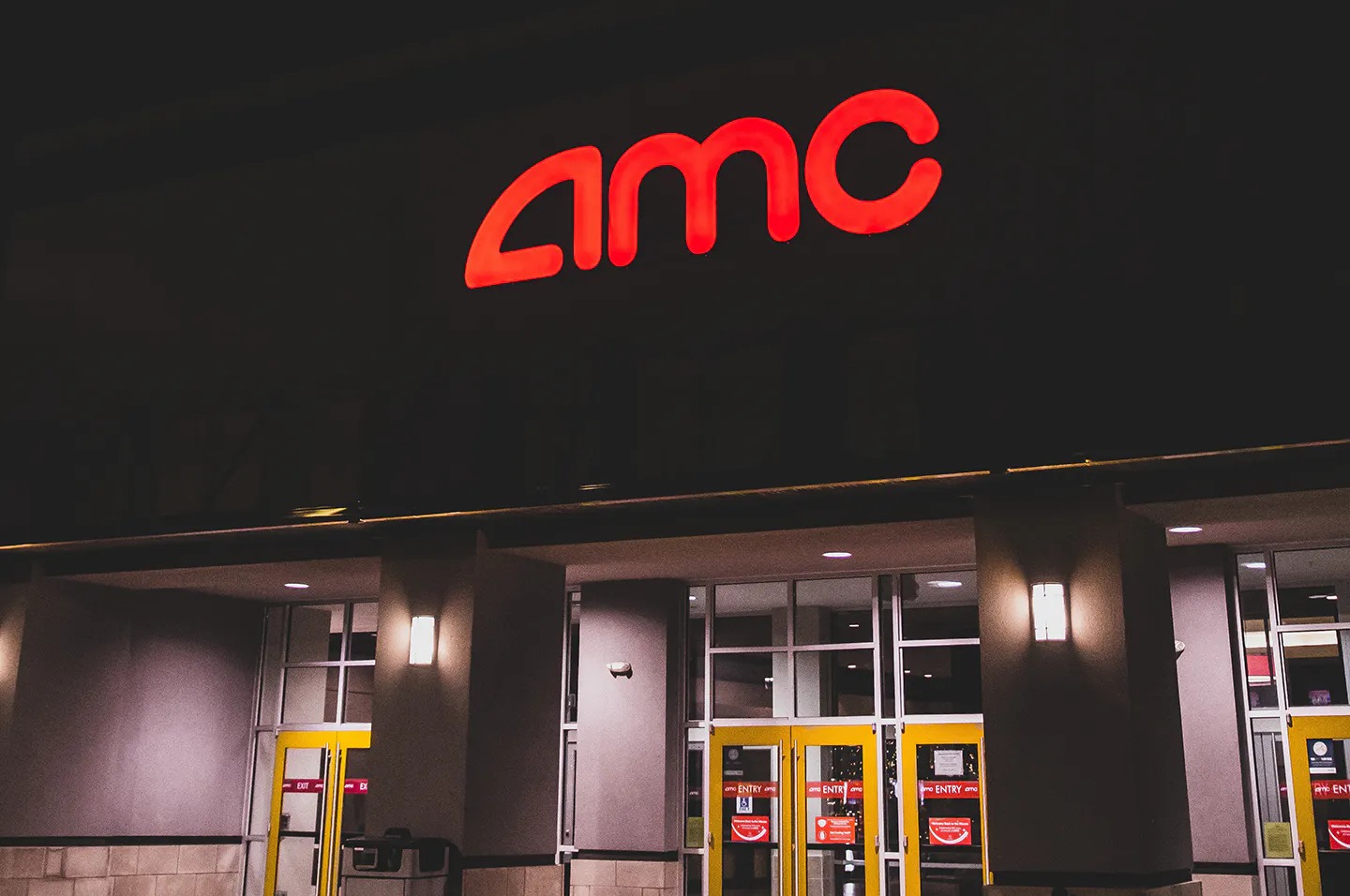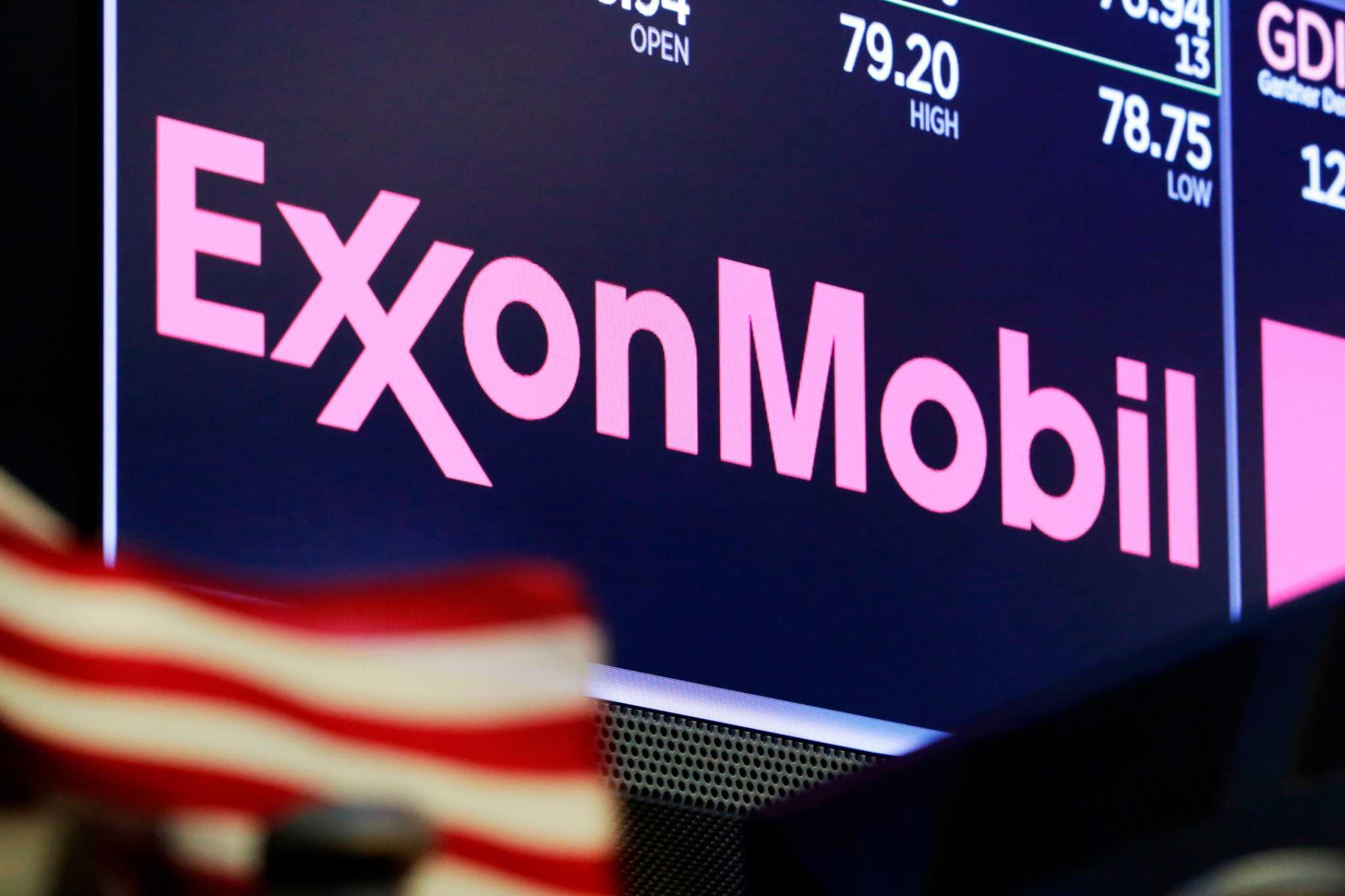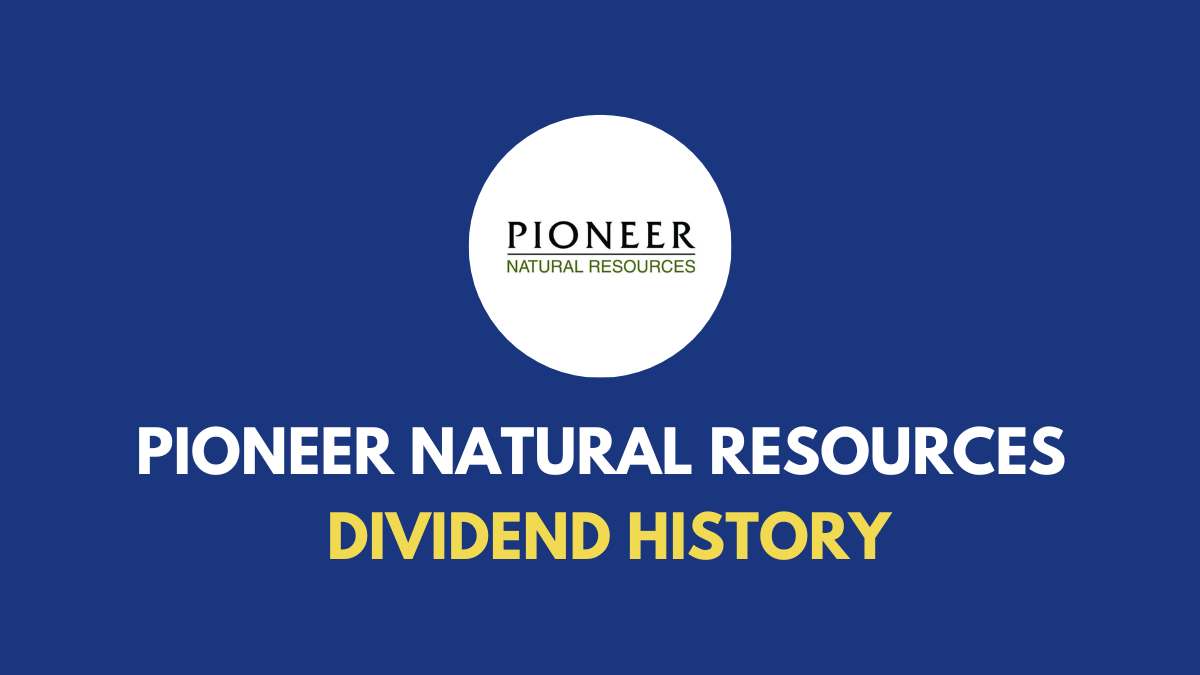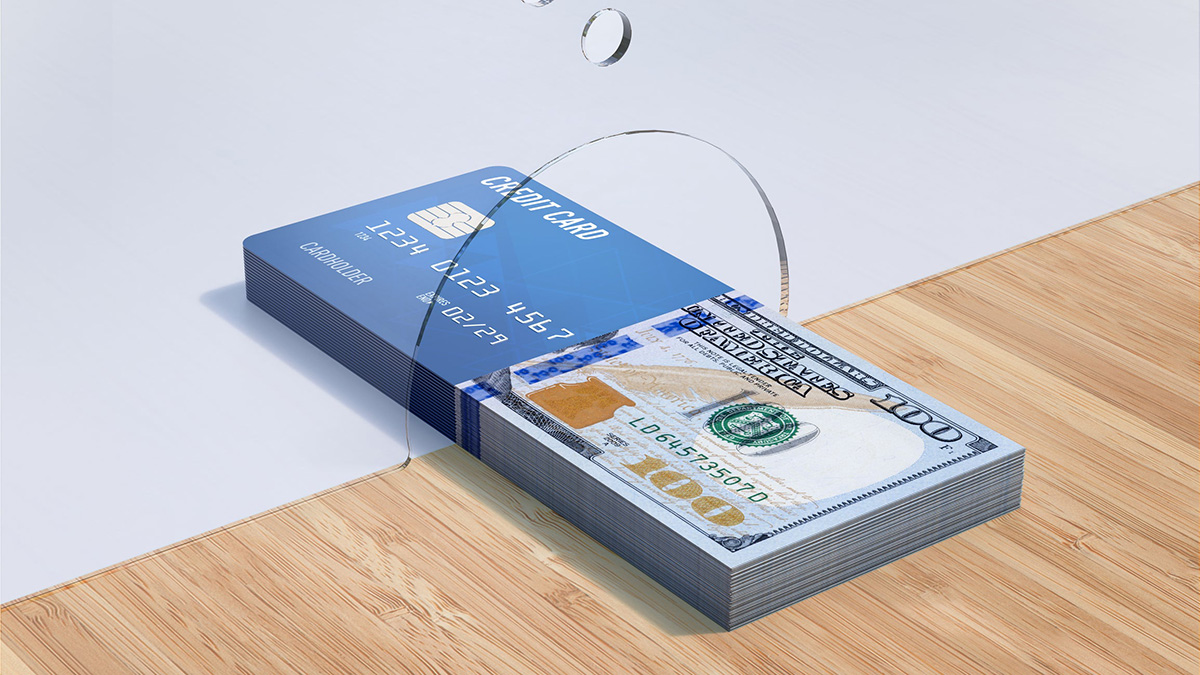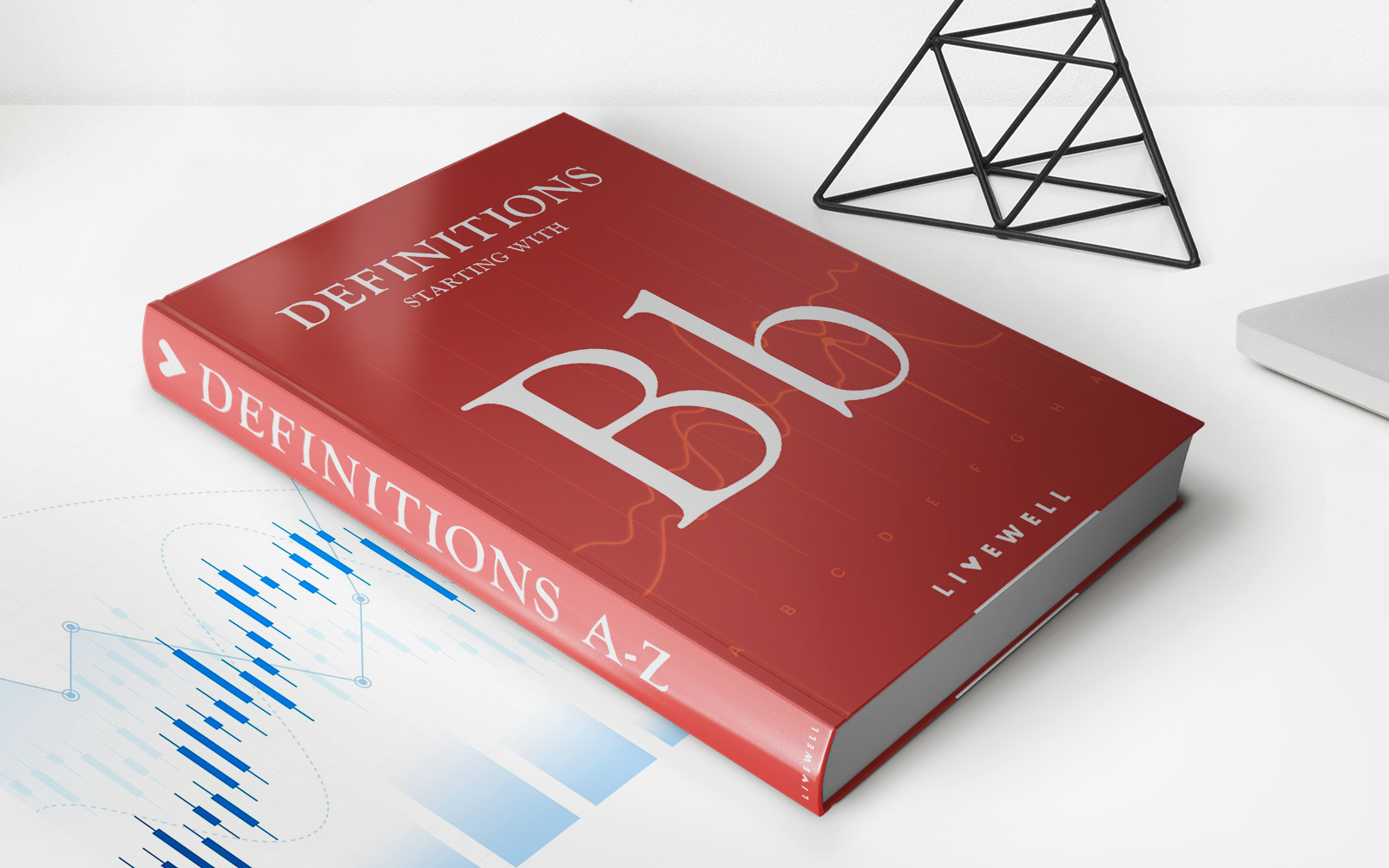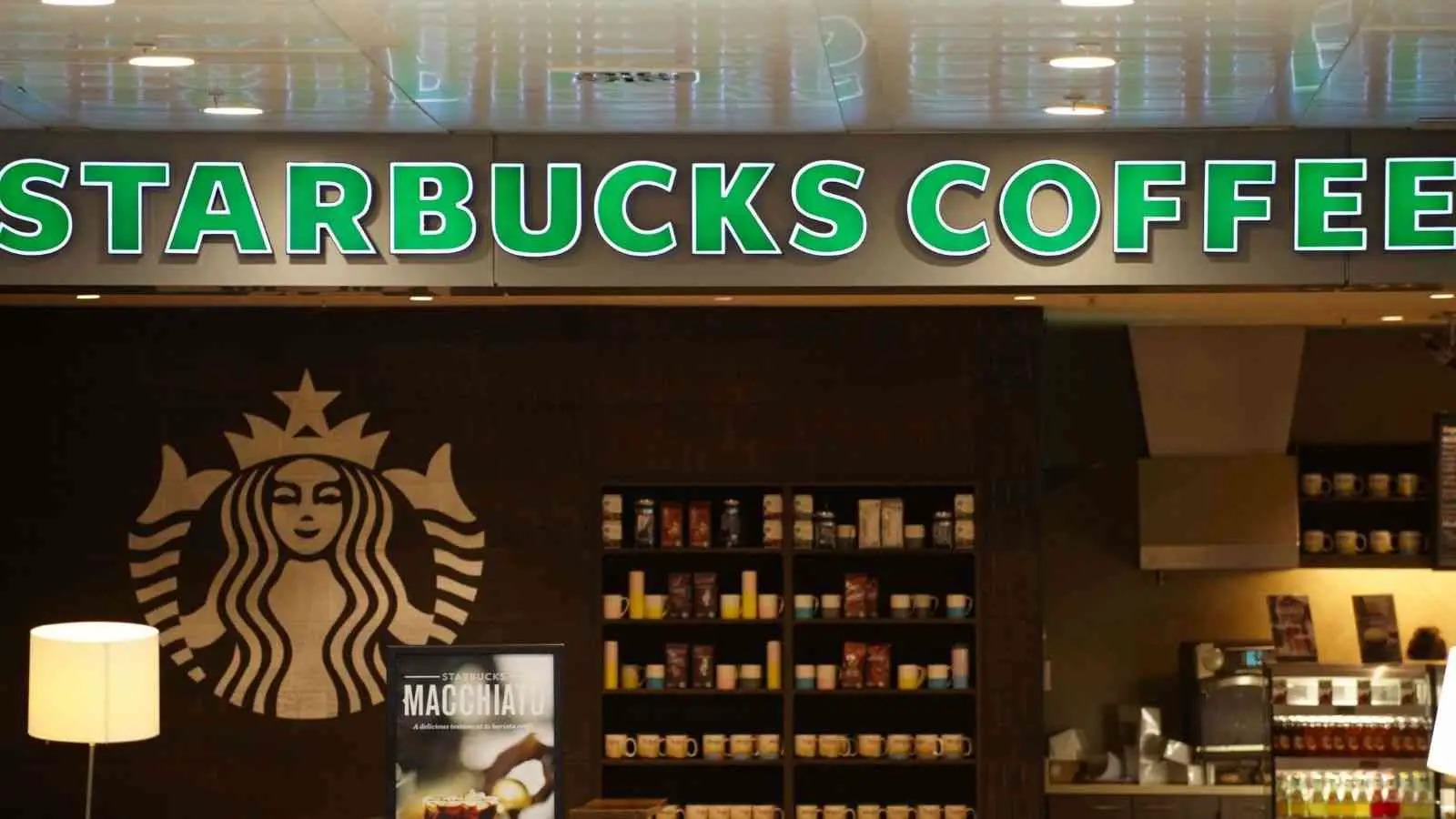

Finance
When Does Starbucks Pay Dividends
Published: January 3, 2024
Find out when Starbucks pays dividends and stay up to date on the latest financial news in the world of finance.
(Many of the links in this article redirect to a specific reviewed product. Your purchase of these products through affiliate links helps to generate commission for LiveWell, at no extra cost. Learn more)
Table of Contents
Introduction
Welcome to the world of dividends! Dividends are a key aspect of investing, and understanding how and when a company pays dividends can be instrumental in making informed financial decisions. In this article, we will delve into the realm of dividends as it relates to Starbucks, one of the most popular and successful coffee chains in the world.
Dividends can be a source of passive income for investors. When a company, like Starbucks, generates consistent profits, it may choose to distribute a portion of those profits to its shareholders in the form of dividends. These dividends are often paid out on a regular basis, such as quarterly or annually, and can provide investors with a steady stream of income.
Now, you may be wondering, why would a company choose to pay dividends? Well, for starters, dividends can be a way for a company to reward its shareholders for their investment. By distributing a portion of its profits, Starbucks can demonstrate its commitment to shareholder value and attract more investors.
Dividends also serve as an indicator of a company’s financial health. When a company consistently pays dividends, it reflects stable profitability and financial stability. This can instill confidence in investors and attract additional investments.
It’s important to note that not all companies pay dividends. Some companies may choose to reinvest their profits back into the business for growth and expansion. This is common in industries such as technology, where companies prioritize reinvestment for research and development, acquisitions, or new product launches.
However, Starbucks is one company that has a history of paying dividends to its shareholders. As a globally recognized coffee brand with a strong financial performance, Starbucks has established a dividend policy that reflects its commitment to rewarding shareholders while continuing to invest in its growth.
Now that we have a general understanding of dividends and their significance, let’s explore the basics of dividend payments and how they work in the context of Starbucks.
Understanding Dividends
Before we dive into the specifics of dividend payments at Starbucks, let’s take a closer look at what dividends actually are and how they function.
Dividends are a portion of a company’s profits that are distributed to its shareholders. When a company generates excess cash after covering its expenses and reinvesting in its operations, it has the option to distribute those profits to shareholders as dividends.
Dividends can be paid out in the form of cash, additional shares of stock, or other assets. However, cash dividends are the most common type of dividend payment.
Dividend payments are typically approved by a company’s board of directors and are subject to shareholder approval in some cases. The board evaluates various factors such as the company’s financial health, cash flow, profitability, and future growth prospects before deciding on the dividend amount.
It’s important to note that the dividend amount per share may vary from one company to another. Companies with higher earnings and stronger financial positions tend to pay higher dividends. On the other hand, younger companies or those in growth industries may choose to retain their earnings to fund future expansion rather than distribute them as dividends.
Dividend payments can be a significant source of income for investors, especially those seeking regular cash flow or looking to supplement their investment returns. Dividends are particularly appealing to income-focused investors, retirees, and those looking for more conservative investment options.
In addition to the financial benefits, dividends can also be an indicator of a company’s stability, earnings growth, and overall value. Stable and growing dividends can attract new investors and positively influence a company’s stock price over time.
However, it’s important to remember that dividend payments are never guaranteed. Companies may choose to reduce or suspend their dividends if they face financial difficulties or want to allocate funds for other purposes like debt repayment or capital investment.
Now that we have a better understanding of the concept and importance of dividends, let’s explore how dividend payments work specifically at Starbucks.
The Basics of Dividend Payments
In order to understand how dividend payments work at Starbucks, it is essential to grasp the basic mechanics of dividend distribution.
Dividend payments are typically made on a per-share basis. The board of directors approves the dividend amount for each share, which is then paid out to the shareholders in proportion to their ownership.
There are different types of dividend payment schedules, the most common being quarterly and annually. Quarterly dividends are paid four times a year, while annual dividends are paid once a year. Some companies may also opt for a semi-annual dividend payment schedule.
It is important to note that not all shareholders are eligible to receive dividends. In order to be eligible, you must own shares of the company’s stock before the ex-dividend date. The ex-dividend date is the cut-off date set by the exchange where the stock is traded, which determines whether or not an investor is entitled to the upcoming dividend payment.
Once the ex-dividend date has passed, anyone who purchases shares of the company’s stock will not receive the current dividend payment. Instead, the dividend payment will go to the previous owner of those shares.
The dividend payment process at Starbucks is facilitated by various financial institutions, such as banks or brokerage firms, which handle the distribution of dividends to individual shareholders. These institutions ensure that the dividend payments are correctly credited to the shareholders’ accounts.
It’s worth mentioning that the dividend amount can vary from one distribution period to another. The board of directors assesses the company’s financial performance, cash flow, and overall business outlook to determine the appropriate dividend amount for each payment period.
It is also important to consider the impact of taxes on dividend payments. In many countries, including the United States, dividends are taxable income and are subject to specific tax rates. The tax treatment of dividends may differ based on the individual’s tax bracket, residency, and other factors. Investors should consult with a tax professional to understand their specific tax obligations related to dividend income.
Now that we have covered the basics of dividend payments, let’s explore how Starbucks handles dividends and the factors that influence their dividend policy.
Starbucks and Dividends
Starbucks, the renowned coffee giant, has a long history of rewarding its shareholders through dividend payments. Since its inception, Starbucks has recognized the importance of dividends as a means to attract and retain investors, while also demonstrating its commitment to generating value for shareholders.
Despite operating in a highly competitive industry, Starbucks has managed to consistently deliver strong financial performance, which has allowed the company to allocate a portion of its profits to dividend payments.
Starbucks’ dividend payments are a reflection of the company’s financial stability, as well as its ability to generate robust cash flows. By consistently paying dividends, Starbucks communicates to its shareholders that it is confident in its future prospects and is committed to sharing the rewards of its success.
The decision to pay dividends at Starbucks is influenced by various factors. One key factor is the company’s earnings growth and profitability. Starbucks sets aside a portion of its earnings to fund dividend payments, ensuring that the company maintains a healthy dividend payout ratio.
Another crucial consideration is Starbucks’ cash flow and liquidity position. The company strives to maintain sufficient cash reserves to navigate any potential challenges or capitalize on growth opportunities, while also fulfilling its dividend obligations to shareholders.
Furthermore, Starbucks’ dividend policy is also influenced by market conditions, industry trends, and macroeconomic factors that may impact the company’s performance and financial outlook. The board of directors carefully evaluates these external factors to assess the sustainability and appropriateness of dividend payments.
It’s important to note that while Starbucks is dedicated to rewarding shareholders through dividends, the company also prioritizes reinvestment for future growth. Starbucks continually invests in expanding its global footprint, launching innovative products, upgrading technology infrastructure, and enhancing the customer experience.
By striking a balance between dividend payments and reinvestment, Starbucks aims to maximize shareholder value and position itself for long-term success in a rapidly evolving industry.
Next, let’s explore the factors that influence dividend payments at Starbucks in more detail, providing insights into the company’s dividend history and current dividend policy.
Factors Influencing Dividend Payments at Starbucks
Several factors come into play when determining dividend payments at Starbucks. These factors are carefully evaluated by the company’s board of directors to ensure the sustainability and appropriateness of dividend distributions.
1. Profitability and Earnings Growth: Starbucks’ ability to generate consistent and growing profits is a significant factor in determining dividend payments. Higher earnings provide the company with the financial capacity to allocate a portion of those earnings towards dividends.
2. Cash Flow and Liquidity: Starbucks considers its cash flow position and liquidity when deciding on dividend payments. The company aims to maintain healthy cash reserves to support ongoing operations, invest in growth opportunities, and meet its dividend obligations to shareholders.
3. Market Conditions and Industry Trends: External factors such as market conditions and industry trends play a role in shaping dividend payments. Starbucks evaluates the state of the global coffee market, consumer trends, and competitive dynamics to ensure its dividend policy aligns with overall business performance.
4. Financial Outlook and Future Growth: The company carefully assesses its financial outlook and growth prospects before determining dividend payments. Starbucks seeks to strike a balance between rewarding shareholders with dividends and reinvesting in strategic initiatives that drive future growth and value creation.
5. Shareholder Expectations: Starbucks takes into consideration the expectations and preferences of its shareholders. The company aims to align its dividend policy with the desires of its investor base, while also maintaining a sustainable approach that benefits the long-term interests of shareholders.
6. Regulatory and Legal Considerations: Starbucks adheres to relevant regulatory and legal requirements governing dividend payments. These regulations ensure that dividend distributions are conducted in a fair and compliant manner, protecting the rights of shareholders.
By carefully considering these factors, Starbucks aims to strike a balance between rewarding shareholders with consistent dividend payments and maintaining a strong financial foundation for future growth and success.
Now that we have explored the factors that influence dividend payments at Starbucks, let’s take a closer look at the company’s dividend history and current dividend policy.
Starbucks Dividend History
Throughout its history, Starbucks has established a track record of rewarding its shareholders through dividend payments. The company’s commitment to consistent dividend distributions reflects its financial success and dedication to creating value for its investors.
Starbucks declared its first dividend in 2010, marking a significant milestone in its journey as a publicly traded company. Since then, the company has continued to increase its dividend payments, underscoring its strong financial performance and shareholder-friendly approach.
The dividend growth at Starbucks has been notable. Over the years, the company has consistently increased its dividend per share, reflecting its ability to generate strong earnings and cash flows. This steady growth has made Starbucks an attractive choice for income-seeking investors.
In terms of dividend payment frequency, Starbucks follows a quarterly dividend schedule. This means that the company makes dividend distributions four times per year, providing shareholders with a regular stream of income.
Starbucks’ commitment to dividend growth is evident in its dividend payout ratio. The dividend payout ratio measures the percentage of earnings paid out as dividends. Starbucks aims to maintain a sustainable payout ratio, balancing the interests of dividend-seeking shareholders with the cash needed for reinvestment and future growth.
It is important to note that dividend payments are subjected to the approval of the board of directors and can be influenced by various factors, as discussed earlier. While Starbucks has shown a history of consistently increasing dividends, there may be instances where the company decides to adjust the dividend amount based on its evaluation of market conditions and financial outlook.
The dividend history of Starbucks serves as a testament to the company’s commitment to shareholder value and its ability to generate strong returns for investors over time. It reflects Starbucks’ position as a stable and financially successful company within the competitive coffee industry.
Next, let’s delve into Starbucks’ current dividend policy and explore the specifics of its dividend distribution approach.
Current Starbucks Dividend Policy
Starbucks maintains a clear dividend policy that aligns with its commitment to creating long-term value for shareholders. The company’s dividend policy reflects its strong financial position, sustainable growth strategy, and dedication to delivering consistent returns to investors.
Under its current dividend policy, Starbucks aims to distribute approximately 40% to 50% of its annual net income to shareholders in the form of dividends. This payout ratio provides the company with the flexibility to reinvest a significant portion of its earnings back into the business for future growth while still rewarding shareholders with a competitive dividend.
Starbucks follows a quarterly dividend distribution schedule, making payments to shareholders every three months. This regular dividend payment frequency ensures that investors receive a steady income stream and encourages long-term shareholder loyalty.
The specific dividend amount is determined by the board of directors, taking into consideration several factors, including the company’s financial performance, cash flow position, market conditions, and growth prospects. Starbucks strives to maintain a consistent and sustainable dividend increase trend, providing shareholders with confidence in the company’s stability and commitment to shareholder value.
It’s worth noting that dividend payments are subject to approval by the board and can be impacted by various factors, including economic conditions, industry trends, and business performance. Starbucks diligently evaluates these factors to ensure its dividend policy remains appropriate and in line with the company’s strategic objectives.
Additionally, Starbucks recognizes the importance of complying with tax regulations applicable to dividend distributions. Shareholders should be aware that dividend income may be subject to taxation based on their individual tax jurisdictions and circumstances. It’s advisable for shareholders to consult with their tax advisors to understand the tax implications of receiving dividend payments from Starbucks.
Starbucks’ current dividend policy showcases its commitment to shareholders and its proactive approach to balancing dividend distributions with reinvestment for future growth. By maintaining a sustainable payout ratio and a consistent dividend increase trend, Starbucks aims to provide investors with attractive returns while positioning the company for long-term success.
Now that we have explored Starbucks’ dividend policy, let’s conclude our discussion on dividends at Starbucks.
Conclusion
Dividends play a crucial role in the world of finance, providing investors with a steady stream of income and reflecting a company’s financial health and commitment to shareholder value. Starbucks, a global leader in the coffee industry, has established itself as a company that consistently rewards its shareholders through dividend payments.
Throughout its history, Starbucks has demonstrated a strong dividend track record, increasing its dividend payments over time. The company’s dividend policy reflects its commitment to striking a balance between rewarding shareholders and reinvesting in strategic initiatives to drive future growth.
The factors influencing dividend payments at Starbucks include profitability, cash flow, market conditions, financial outlook, and shareholder expectations. By considering these factors, Starbucks ensures that its dividend distributions are sustainable, in line with its financial performance, and supportive of its long-term goals.
Starbucks follows a quarterly dividend payment schedule, providing investors with a predictable income stream. The company’s current dividend policy aims to distribute a percentage of its annual net income to shareholders while retaining a portion for reinvestment.
It’s important for shareholders to stay aware of any changes to Starbucks’ dividend policy, as dividend payments can be influenced by factors beyond the company’s control, such as economic conditions and industry trends.
In conclusion, Starbucks’ commitment to dividends reflects its strong financial position, consistent earnings growth, and focus on creating value for its shareholders. By maintaining a sustainable dividend policy and prioritizing both shareholder returns and long-term growth, Starbucks continues to be an attractive choice for investors seeking income and stability in the dynamic world of finance.


